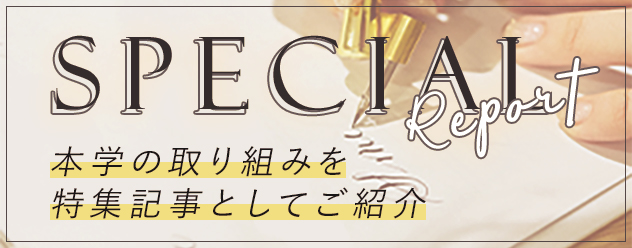Topics
- Education and Research
March 26, 2024
- Press Releases
A research group at Itabashi CampusMedical Mycology Research Center has clarified the carriage status and mechanism of koala disease pathogens in domestic zoos.
On Wednesday, February 27, 2024, a research group from Teikyo University Institute of Medical Mycology investigated all koalas kept in zoos in Japan and clarified the status and mechanism of carrying cryptococcus, the pathogen of koala disease. Did.
Teikyo University Graduate School Graduate School of Medicine Veterinarian Miki Omura, a third-year doctoral student in Medical Mycology, Teikyo University Institute of Medical Mycology additional post Senior Assistant Professor Ichiro Sato, postdoctoral researcher Shun Tamura, research assistant Aya Komori, and deputy Head of Center ? Professor Koichi Makimura and his research group have been working to protect koalas from cryptococcosis*1, also called koala disease, in koalas kept in zoos throughout Japan for They have conducted research on cryptococcosis*1 in koalas kept in zoos throughout Japan for more than 20 years.
This time, with the cooperation of the Japan Association of Zoos and Aquariums (JAZA), we conducted a simultaneous survey of cryptococcal koalas for the first time. All koalas kept in seven zoos in Japan were tested for cryptococcus, and the isolated cryptococcus was analyzed using MLST (Multi locus sequencing typing), which is also the first attempt for koalas in Japan. *2 The we.
As a result of the investigation, no highly pathogenic strains of Cryptococcus have been detected. In addition, it has been suggested that Cryptococcus multiplies in the soil after being excreted by koalas, and that it may fly up into the air and be inhaled by other koalas, spreading the infection. Important findings were obtained, such as the fact that koalas brought in with the animals when they move to other zoos for breeding purposes. However, because koalas in Japan are strictly controlled, no cryptococcosis has been found in people infected by koalas in at least 20 years of research and surveys.
The results of this study are useful for preventing cryptococcosis in koalas, and also provide information about the epidemiology of this bacterium, which is a zoonotic pathogen. Our center will continue to contribute to the health of humans and koalas through research on cryptococcosis in koalas.
- *1 cryptococcosis
It is a fungal infection that infects not only humans but also many animals, and koalas and cats are particularly well known for their infections. It is an invasive fungal infection that can infect even healthy humans, and is said to cause symptoms such as pneumonia and meningoencephalitis. In a document released in 2022, the WHO recommends that cryptococcosis should be given top priority for research. It is designated as a fungal species. - *2 MLST analysis
This is a method for more detailed classification (typing) by simultaneously analyzing seven genes of Cryptococcus, which allows us to obtain information such as pathogenicity and transmission routes.
Click here for press release
Click here for papers published in international journals
Click here for Medical Mycology Research Center



